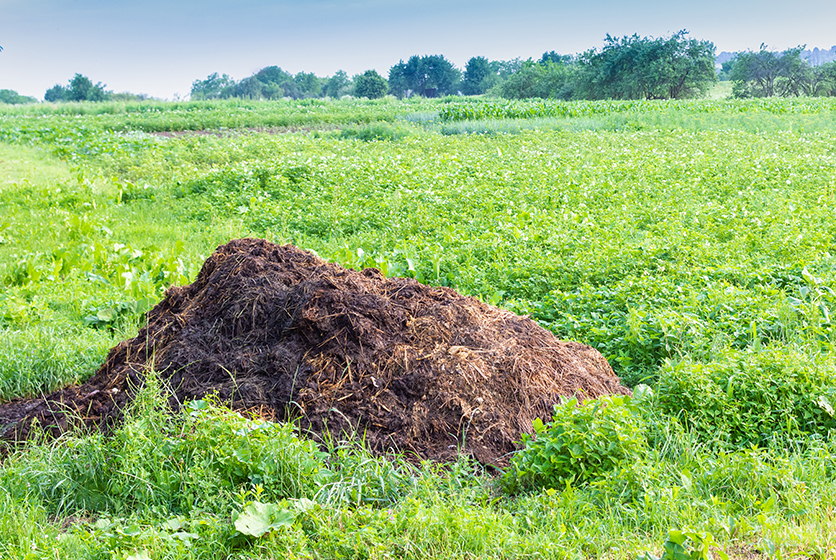Biofertilisers
Fertilizers are one of the ways in which a farmer can improve soil productivity and today, there is a shift from chemical based fertilizers to natural options. This is where biofertilizers play a big role.
Biofertilizers are microbe-based fertilizers that:
- Are a collection of living organisms such as fungi, algae and bacteria etc
- Help in nitrogen-fixation
- Are eco-friendly
- Help in healthy root growth
- Can be found in different types and compositions

There are different types of biofertilizers and typically, are classified according to their components.
Types of biofertilizers
The main types, based on their components are:
- Bacterial
- Algal and
- Fungal
Bacterial biofertilizers work by using micro-organisms such as phosphobacteria, rhizobium, azotobacter, azospirillum. Normally, these bacteria form a symbiotic connection with roots and help the plant with nitrogen supply.
Blue-green algae are found most commonly in rice fields and help in reducing soil alkalinity as well. This is another example of a symbiotic relationship at work when it comes to providing fertilizers for plants.
Mycorrhiza is an example of a fungal biofertilizer. For instance, vesicular-arbuscular mycorrhiza is a ‘partnership’ between angiosperm roots and phycomycetous fungi.
Biofertilizers are coming into the limelight almost all over the world because they are offering an earth-friendly and plant-friendly alternative to conventional chemical fertilizers. They are also being used in different ways.
For instance, liquid biofertilizers are being supplied to crops through drip irrigation systems. They can also be used to dip seedlings in before being planted. Powder biofertilizers can be mixed with other nutrients and fed to plant roots and so on.
Status in India
According to one study, the global market for biofertilizers is growing at a CAGR of 11.9% and is expected to touch USD 4.5 billion by the year 2026. And one of the fastest rates of growth is in the Asia Pacific region.
Liquid biofertilizers seem to be the product to watch out for. In India scientists at the Bihar Agricultural University have developed liquid biofertilizers which promise a 20% increase in agriculture yield. These new products work on nitrogen fixation and are set to deliver advantages such as:
- Increasing soil fertility
- Not changing the soil quality
- Cost effectiveness and
- Increase in agriculture production
Ettayapuram, a small town in Tamil Nadu has come to the arena of biofertilizers this year. This town has a solid-biofertilizers manufacturing facility and is supplying products to farmers in nearby locations. This factory was set up under the NADP or National Agriculture Development Programme.

There is government support for the manufacture and use of biofertilizers in different ways. Some of the aid is for setting up biofertilizers units, quality control labs and direct application on the fields of a farmer. Training programs for the use of biofertilizers are also making a difference to farmers. There is even the prospect of a partnership with Sri Lanka on biofertilizers!
With a sharper and stronger shift away from chemical fertilizers, there is a stronger case for the use of biofertilizers in a more intensive manner. And if this results in better health for plants, humans and the world at large - then it has to be a good thing isn't it?



